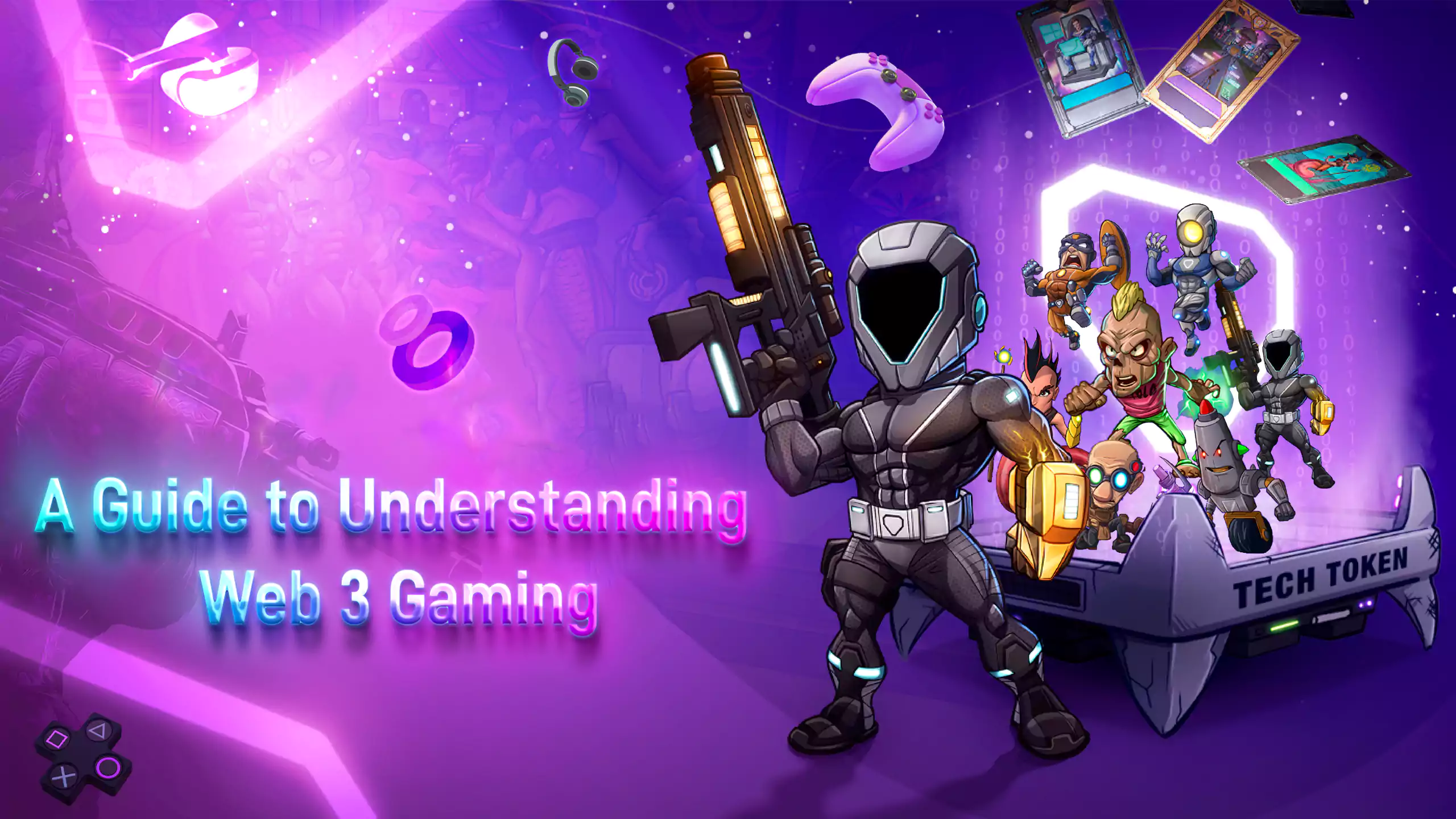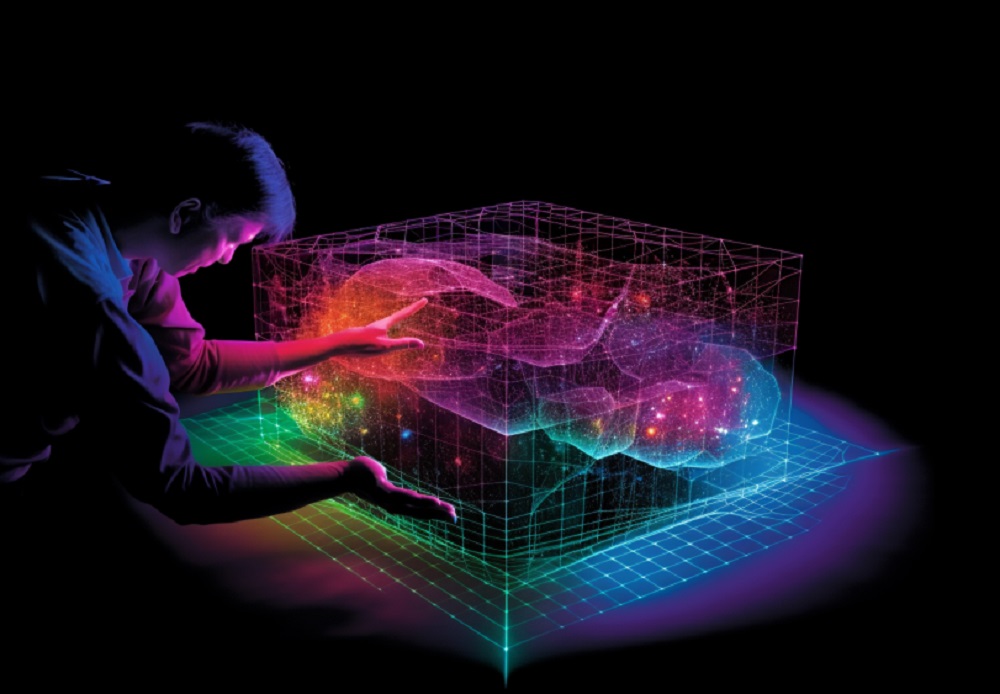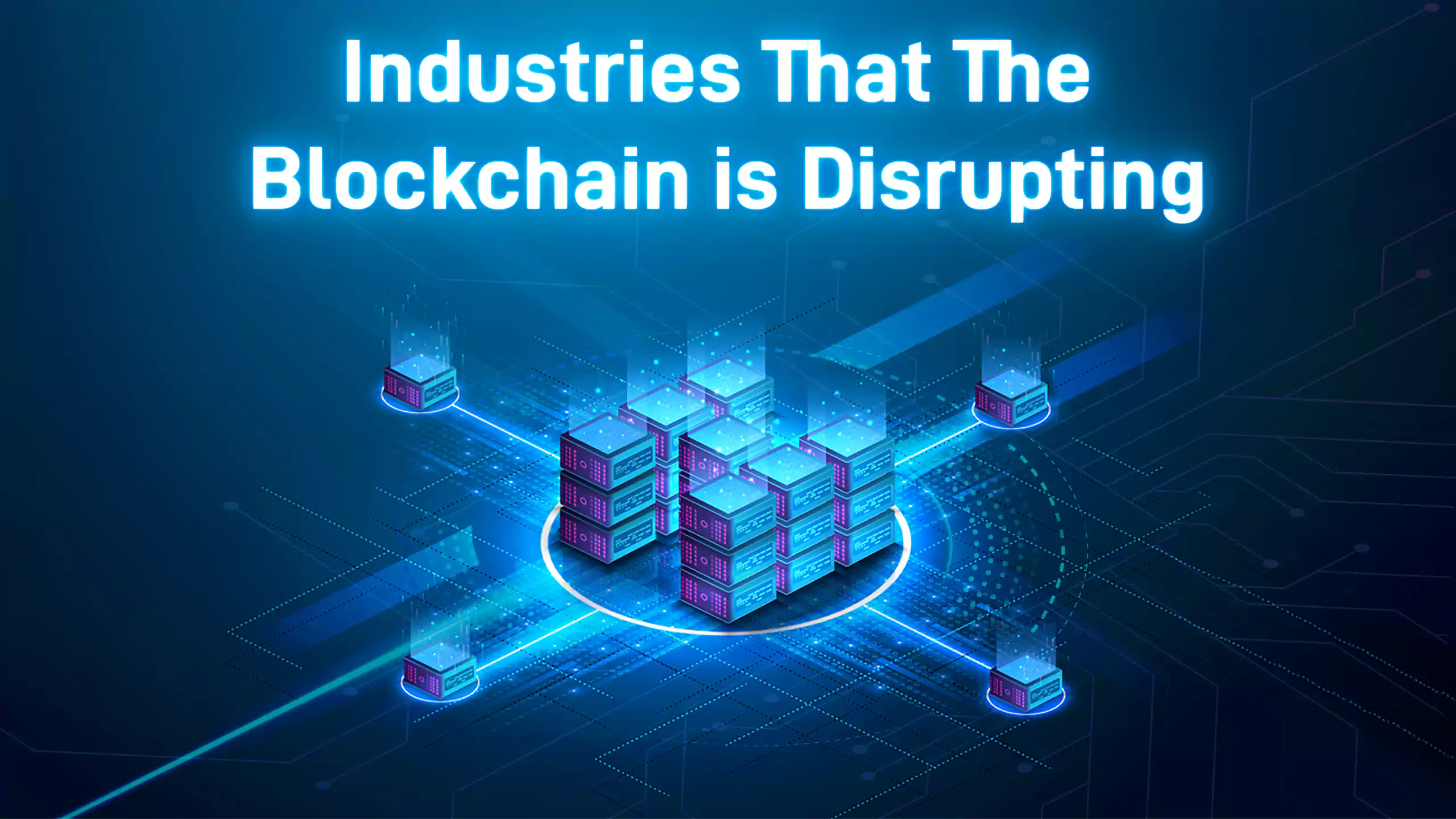As Web 3 takes hold, it has the potential to transform many of the things we do on the internet and even offline. From changes in the way we communicate to changes in the way we interact, make money, and even play games, the world is changing. Web 3 is placing the potential to produce value in the hands of its customers by utilizing the blockchain idea, and one of the ways in which it is doing so is through gaming. This article will introduce you to the world of Web 3 gaming and explain how it differs from the other games you are familiar with.
Web 3 and Web 3 Gaming Explained
The internet, or more specifically, the web, is always developing. This evolution has been broken into three generations for the sake of clarity.
The first generation, referred to as Web 1.0, spanned the period from the early days of the internet through the late 1990s. A characteristic of this period was that the websites were static and that the interaction was one-directional. It cannot be changed or interacted with in any way other than by the user who is only allowed to read and understand it. Due to the participatory nature of social media, the second generation, also known as Web 2.0, introduced the opportunity to interact with websites, post comments, and even edit some parts, resulting in the evolution of social media as we know it today. Thus, web 3.0, also known as the third generation, aims to transform the user into more than simply a participant online, but also an owner through the usage of blockchain, which is altering everything from money to work culture and video games.
Web 3 gaming is a style of gaming in which the player has the ability to transfer ownership of assets from one gaming platform or environment to another without paying any additional fees or charges. To understand why this is a revolution, one must consider the fact that, at the same time as the web was expanding, gaming was also evolving.
The first generation of games, just like the first generation of the internet, emphasized one-way communication, and the leader could not change the outlook of the games. Every purchase or spending related to the games was done before starting the games, and if any individual gets bored of the game, they lose the whole amount spent on buying it. The second generation of games, just like the second generation of the internet, was participatory. An individual can start playing the games for free, but changing the outlook of the games can only happen through in-app purchases. However, when an individual gets tired of the games, all the purchases cannot be transferred to another game, leading to a loss. And this is where the Web 3 gaming revolution comes in.
The Web 3 Gaming Revolution
Web 3 Gaming is changing the way people play games through many innovations:
Ownership
Unlike in the past generations of gaming where individuals bought the games beforehand, as in the first generation, or bought in-app purchases that they could lose once they left or got tired of the games, in the second generation, Web 3 gaming allows individuals to own the way they want to game. Individuals can buy and sell different attributes within the gaming environment. These can also be transferred from one game to another or even to wallets outside the game through blockchain technology, which powers Web 3 and keeps a record of all transactions of ownership. This means that one can be playing a game and get tired and transfer the attributes or other in-app purchases that he has made to another gaming platform based on Web 3 or even to the Metaverse or a crypto wallet. In cases where they don’t want these items again, they could be sold in secondary markets or be converted to other forms of tokens. Thus, the gamer owns all forms of purchases made and can use them in any way they want.
Interoperability
This is related to the ownership discussed above. Interoperability means that an individual can move whatever they have from one gaming environment to another. Some platforms even allow players to convert these items into NFTs, which are non-fungible tokens that can be traded on secondary markets.
Earnings
One of the most popular aspects of Web 3 games is the Play to Earn platforms. These platforms are different from other forms of gaming as they reward the players for using the platform. This is done due to the fact that on these platforms, the players help create value for other players or the game developers, and in paying them back, the developers of the game share some of these values with the players. Most of the time, these values are tokens or cryptocurrencies, which can be used to buy attributes in the game or sold in the secondary market. This makes the player part of the value chain for the game, as continuous play provides value for the gamer, other gamers, and the developers, and everyone shares in this value.
Conclusion
Web 3 gaming is still a developing concept, just like most of Web 3.0. However, the potential is huge. There are talks of greater interoperability and the growth of the NFT market, and the Metaverse seems to point to more growth potential for this gaming revolution. This is because the Metaverse is a step up from the current world of virtual reality, and its integration with NFT in a gaming mode will change gaming forever. Also, the traditional gaming industry is beginning to look at the newer technology of Web 3.0 and is looking for ways to integrate it into what they currently offer. In all, the growth of Web 3.0 and the gaming that it enables are a revolution of the present and the future. So, while you're enjoying your usual gaming experience, keep an eye on what revolution is taking place and what the future holds for games to stay ahead of the curve.






